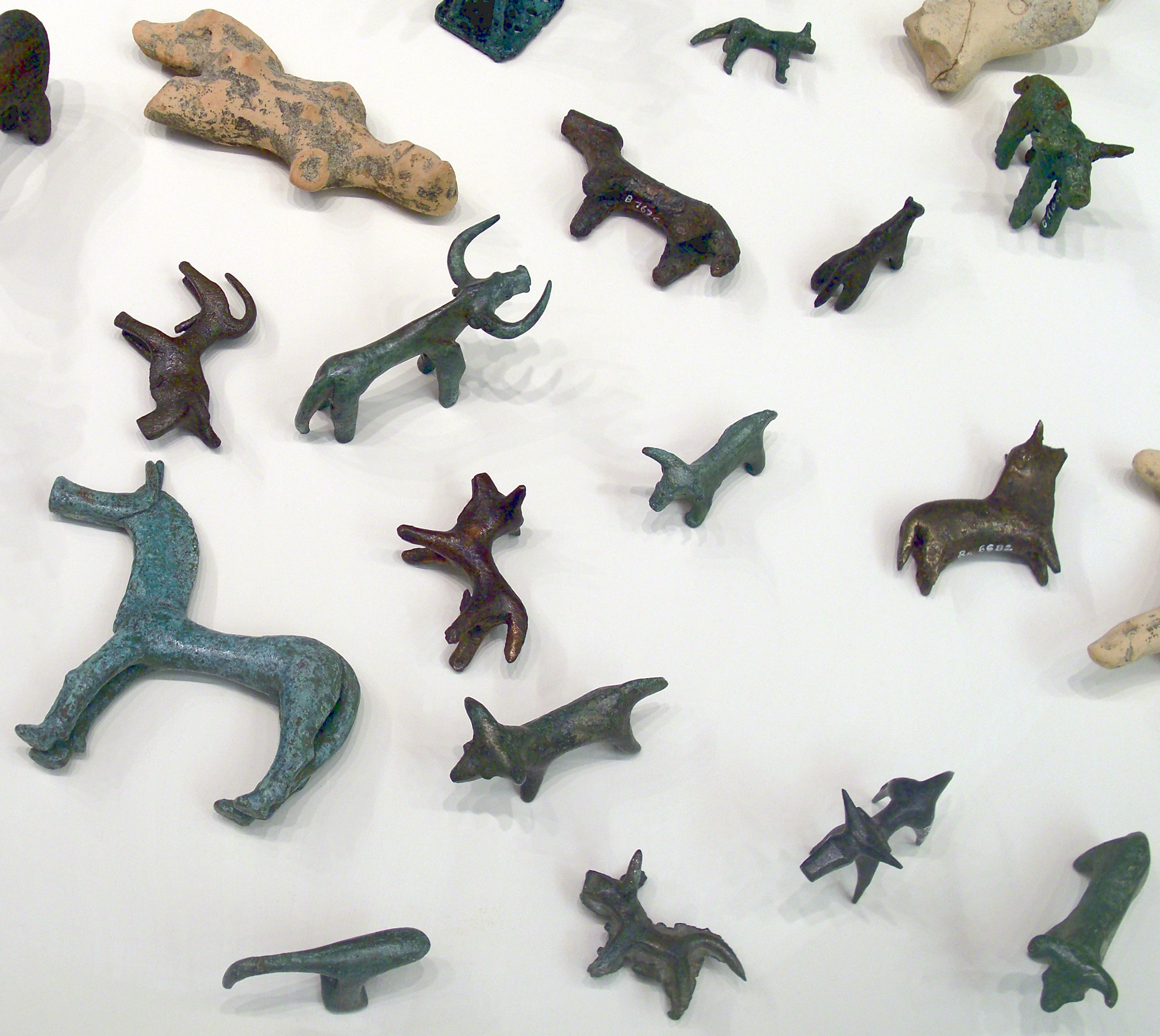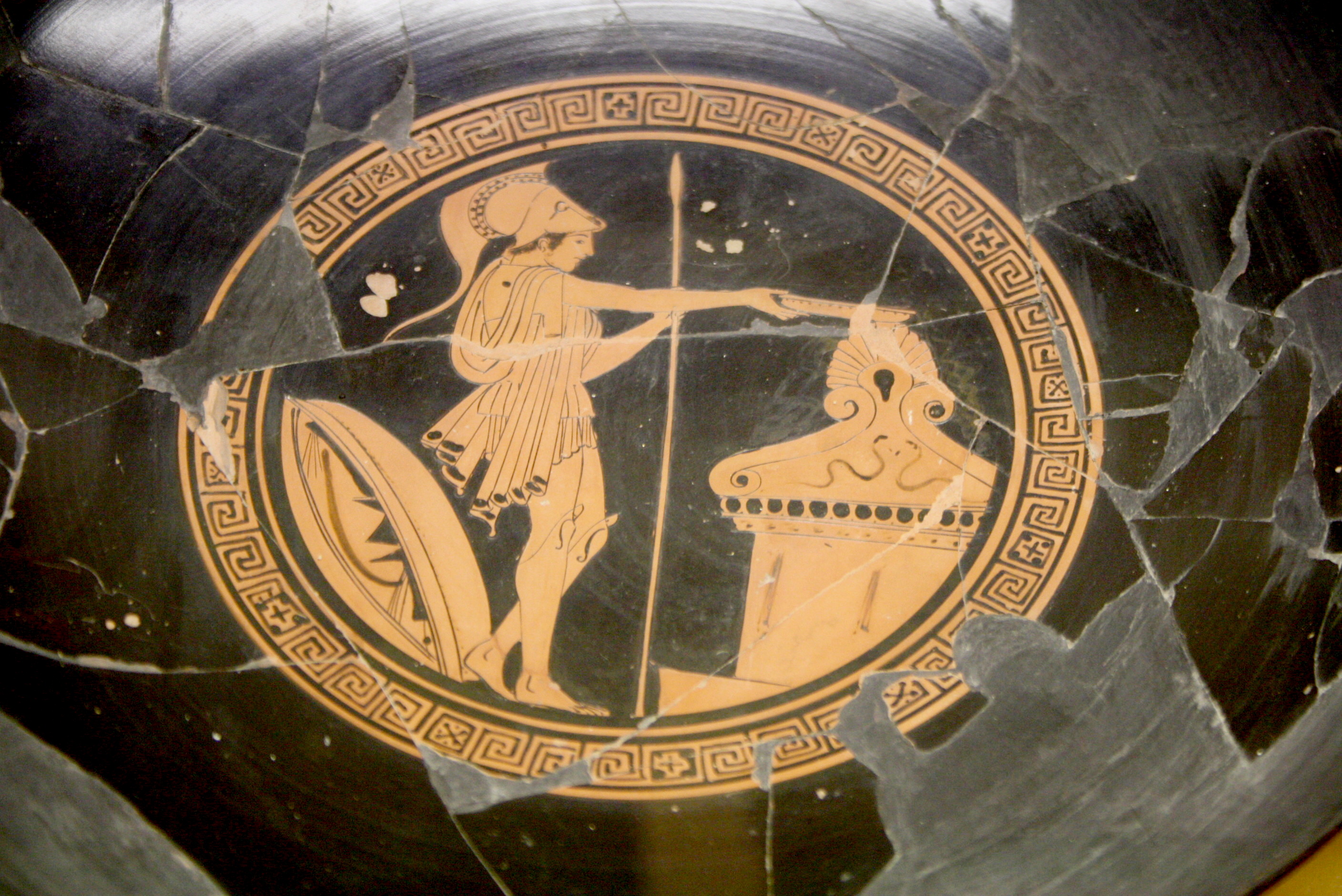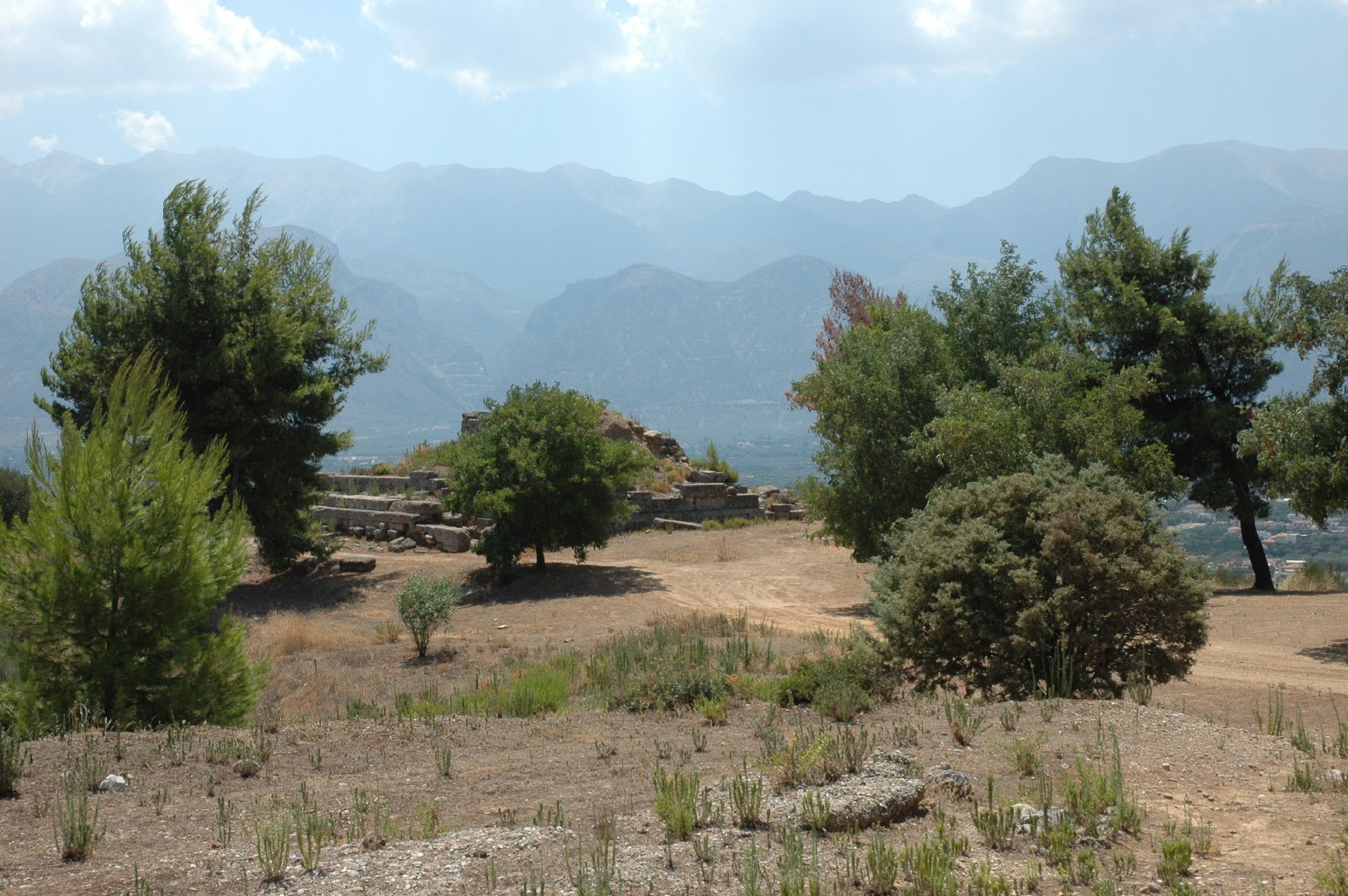In this episode, we discuss early Greek religion as it was formalized in the writings of Homer and Hesiod; the various rituals that were performed when the Greeks worshipped their deities; the evidence for the earliest sanctuaries and hero cults in the 8th century BC that developed hand-in-hand with the city-state and their increasing wealth (as seen through votive offerings); the early developments of the idea of Panhellenism (a sense of a common Greek identity); and the foundation myths, archaeological evidence, and importance for the four predominant Panhellenic sanctuaries that gained massive popularity in the 8th and 7th centuries BC (Zeus and Hera at Olympia, Apollo and Artemis at Delos, Apollo at Delphi, and Zeus and Dione at Dodona—with the latter two having popular oracular shrines)
ca. 800-700 BC - an increase in religious sanctuaries and shrines led to the building of the earliest temples in all parts of the Greek world
ca. 750 BC - numerous ancient tombs began to receive votive offerings, an indication that their anonymous inhabitants were now being worshipped as hero cults
ca. 750-700 BC - votive offerings in the form of pottery, bronze statuettes, and bronze tripods were being dedicated at Delphi in ever increasing numbers by Greek city-states
ca. 700-600 BC - the much older oracle of Zeus at Dodona (in northwestern Greece) developed into an important religious center for the southern Greeks too
ca. 650-600 BC - the oracle of Apollo at Delphi was being respected by many countries around the periphery of the Greek world, such as Lydia, Caria, Egypt, and Rome
Podcast/The Uses of Greek Myth, Pt. 2 (Greek Myth Files)
Podcast/Did the Greeks Believe Their Myths? (Greek Myth Files)
Charts/Greek Myth Family Trees
Photo/Greek Gods Family Tree

Photo/Olympic Gods Family Tree

Podcast/The Olympian Gods (Greek Myth Files)
Video/The 12 Olympians (AH Encyclopedia)
















No comments:
Post a Comment